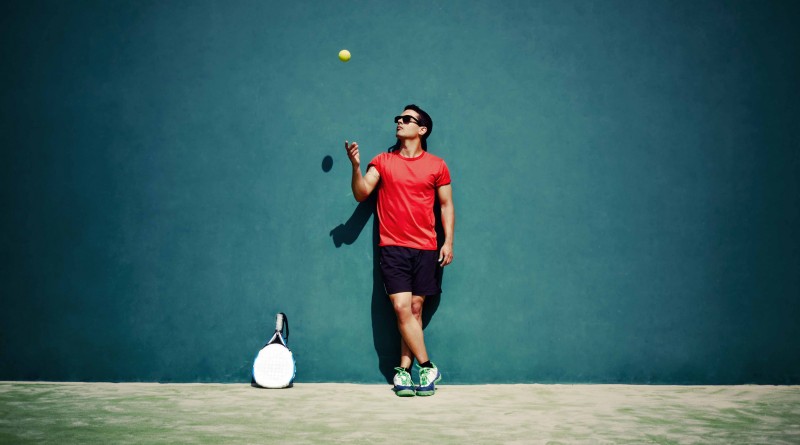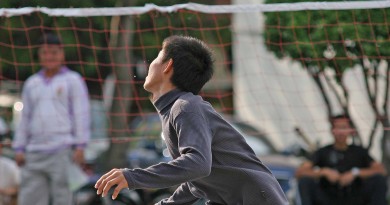Padel. It looks like tennis, but it’s not tennis
Padel is a sport that has spread across Europe, and more. Discover the reasons why so many people are practicing.
Initially practiced in English ships, padel or paddle, was known as “high sea tennis”, it came up when travelers tried to recreate Tennis in a small space in the vessels. With nets protecting the sides of the vessel, this sport was performed in an archaic form as early as 1890. Later, the American Frank Beal improvised this sport in New York City parks, adapting it to the ground floor. But it was in 1969, by influence of Enrique Corcuera, that the first padel tennis court was built in Mexico, as it is practiced today, with the definition of the dimensions of the courts and regulation of the sport. The diffusion of this sport was made in the rest of Europe, so enthusiastic by the Spanish Prince Alfonso de Hohenlohen.
Padel is one of the most popular sports in Latin America, in Argentina, it is the second most important sport, after football. Often confused with tennis, padel is a sport that, despite some common features, is practiced differently.
This sport is typically played in pairs, in smaller courts than those of tennis, approximately 10 meters wide and 20 long, surrounded by walls, completely closed and with a net in the middle, the floor of the field can be on grass, concrete or carpet. The fact that the field is surrounded by walls causes the ball to be in the field for more time, increasing the interaction with the players, giving greater dynamism to the game.
Another of the existing differences between padel and tennis are the rackets: padel rackets are solid, no ropes, and can also be drilled. The balls used in the game are similar to those of tennis, although the service are underhand.
Padel, when practiced as amateur, is not so physically demanding as tennis or squash, which makes it more appealing to a greater number of people, and its rules are easier to learn. This sport has a high rate of curious, that after trying for the first time, start to practice on a regular basis.







